a tale of two Boeing 727s......
The 747 was the "easy" one as it ended its flying career at Boeing Field (several times actually!)

The 737 was a bit more of a challenge as it was stored in Moses Lake for 6 years, needing considerable maintenance and restoration before making its final flight to the Museum - Story here.

The 727 Prototype landed at Paine Field in Everett where it langished awaiting a permanent home at Boeing Field.. After 25 years of waiting, and 10 years of hard work, it finally made a successful Final Flight on 2 March 2016. Photos here.
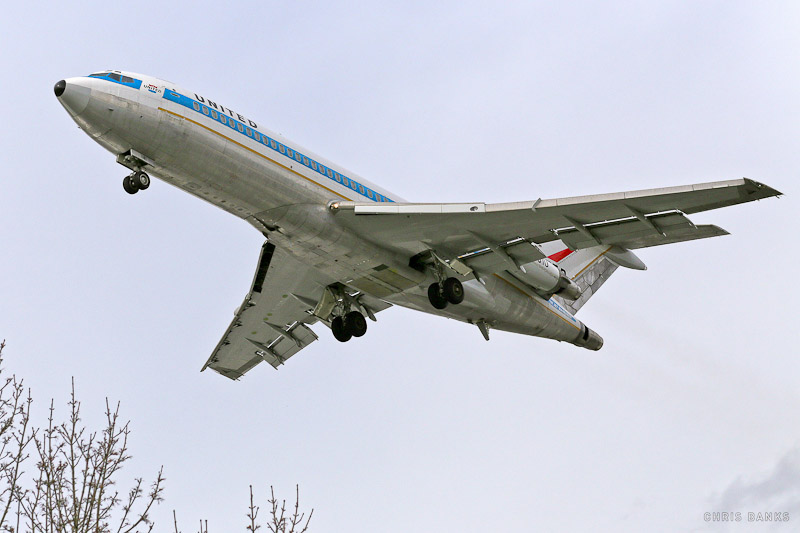
While the 727 Protoype sat at Paine Field, the Museum covered their desire to have a 727 displayed when American Airlines donated a -200 series airplane - N874AA. It was flown in from desert storage in January 2003. Story and photos - click Here.
During the next 12 years, its place in the collection ebbed and flowed as the challenges of moving the Prototype to Boeing Field became more and more challenging. Would she stay, or would she go?
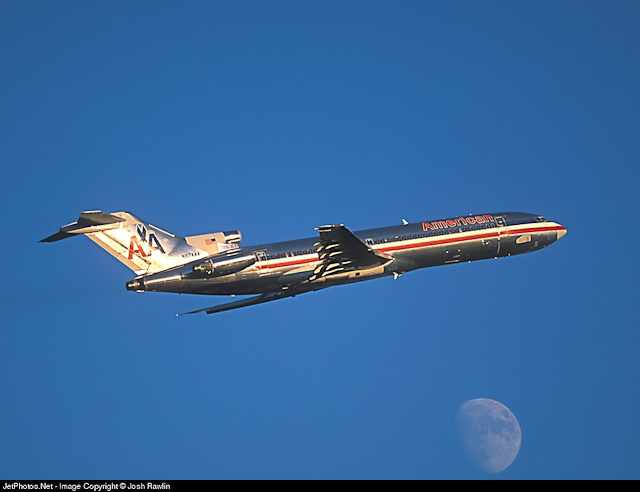
These airplanes, and many more, all suffered from being displayed outdoors. One of the Museum's great challenges was putting these historic - and LARGE - airplanes under cover to protect them from the cruel NW damp climate.

After a lot of hard work and fund-raising, a new immense building was designed called the Aviation Pavilion. The six airplanes on the site had to be moved to allow construction. Ground was broken in April 2015.
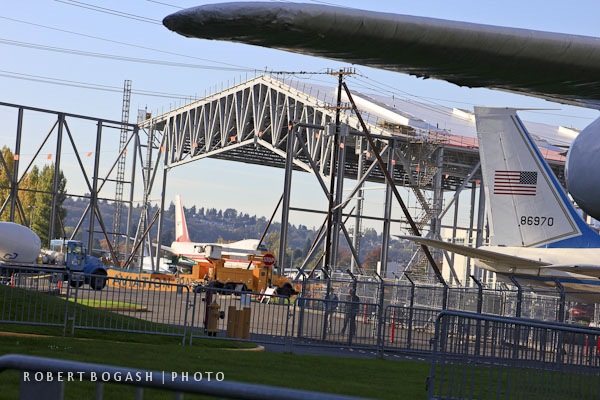
Planning for the building drove the final decision on the fate of the two 727s. In January 2015, the Museum Board authorized me to repair and fly the Prototype to Boeing Field. This made the American 727 redundant to the collection. The Museum offered it back to the original donor, American Airlines; they declined. The Museum then decided to scrap the airplane. Arrrangements were made. This pained many supporters and employees of the Museum. It certainly pained me.
But, what to do?
In January, 2015, the Museum began removing five historic airplanes from their Air Park to allow construction to begin in April of a giant new building to house their large airplane collection. As I often do, I published a web pictorial of the aircraft moves out of the Air Park. Click here for the photo essay. At the very bottom, I inserted a scrap of text noting that the AA airplane was destined to be scrapped. This prompted a quick inquiry from John DeLapena, a volunteer at the National Airline History Museum in Kansas City, who like me and others, was unhappy with the idea of scrapping such a fine airplane. A glimmer of hope had appeared.
John came to visit the airplane and coordinations were then made with John Roper, NAHM Executive Director. Roper came to see the airplane and a handshake “deal” was made between myself (Bogash) and Roper, subject to many uncertainties. Not least was agreement by the Museum. Those little details always seem to get in my way.
I approached Museum top management with the proposed deal. There were questions about the viability of the NAHM. And, unfortunately, the just-moved airplanes were blocking any possible escape route of the AA 727 from the old Air Park site, and there was no place on Boeing Field for the airplane.

A forelorn looking AA 727 - left alone in the Air Park after removal of the other airplanes.
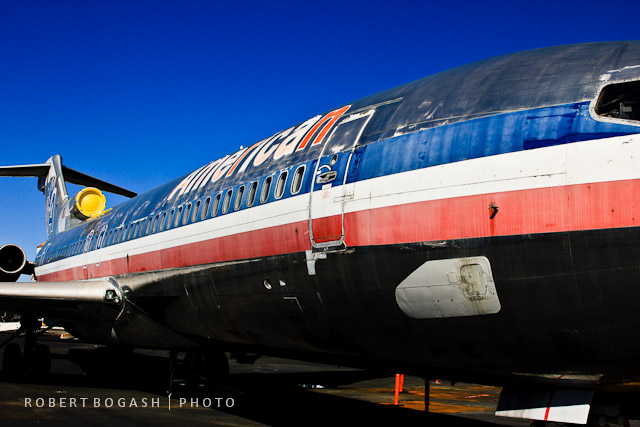

Her face seemed to plead for her life.. "Don't let me die here on this gravel lot."

On 31 Jan 2015, we had finished removing the other five airplanes, and AA N874AA sat alone in the cold, damp, dark, dirt lot. Awaiting her fate. It was a truly heart-breaking sight. My life's Mission called me loud and clear. I would do my best. She must not be allowed to die.
And so, just hours before the scrappers were supposed to get their orders to begin, – working through a wonderful third party – I found a spot for the airplane on the Clay Lacy ramp on the east side of the field. This had been the big impediment to trying to give the Kansas City deal a chance to happen. The Museum then agreed to move (again) the three recently moved, and now blocking airplanes (707, 787, Concorde) to allow passage of the AA 727 out onto the airfield.
On Saturday, Feb. 28, 2015, the three newly placed airplanes were disconnected from their utilities, towbars were hooked up, fencing was dropped, and they were moved to allow passage of the AA 727. A dash for freedom.....

Sitting alone on the site of the new about-to-begin Pavilion construction

Heading across the highway to hoped-for Salvation.
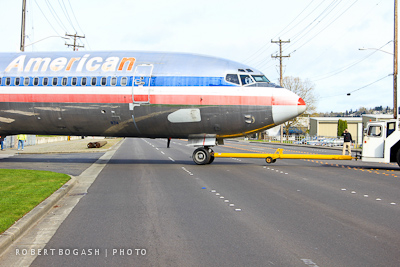



Out onto Boeing Field
The ultimate fate of the airplane was still very much in doubt and the risk remained that the airplane would become derelict in the end. The Museum was betting the Kansas City folks were for real, and that I could negotiate an agreement satisfactory to all parties.
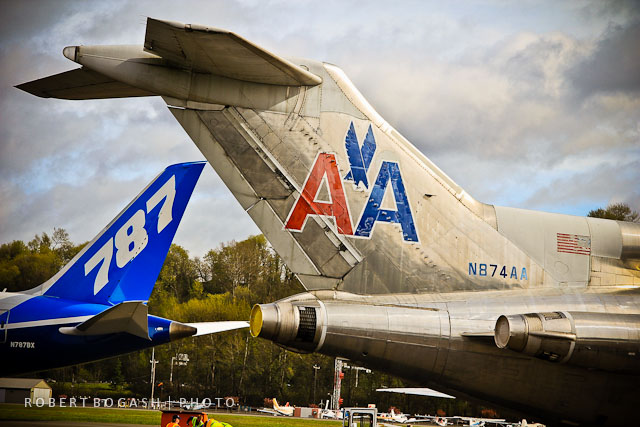

I had created (another) mess (sort of) for the Museum, - at least from their point of view - and now it was up to me to turn the mess into a victory lap. The goal was very worthwhile - saving yet one more fine airplane. Thankfully, key members of the Board shared my passion for saving the aircraft.
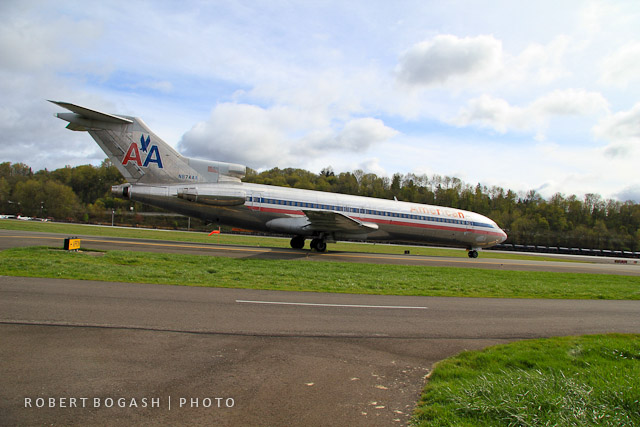
Escaped! Hopefully - saved at the Bell. I wondered what she was thinking.
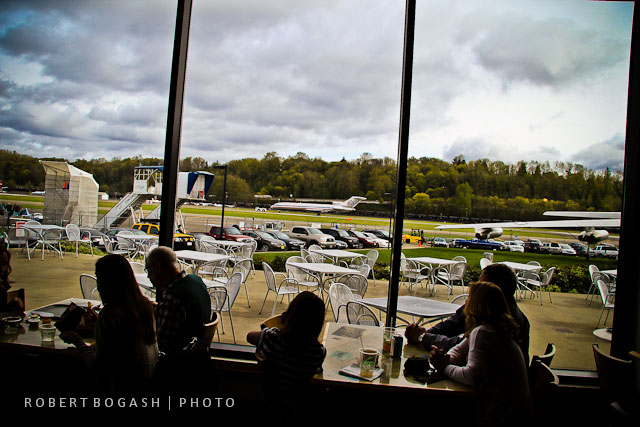
Did those diners in the Wings Cafe even notice the silver airplane being towed north across the field?
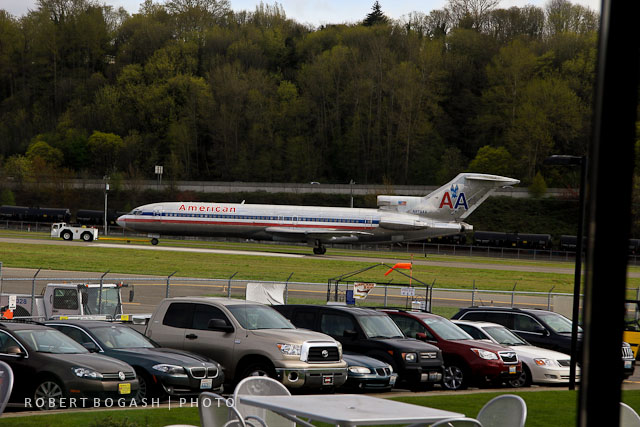
Airplanes are living things, you know, and an airplane's life had just been saved.....
At least I knew it. I hoped that she knew it too.
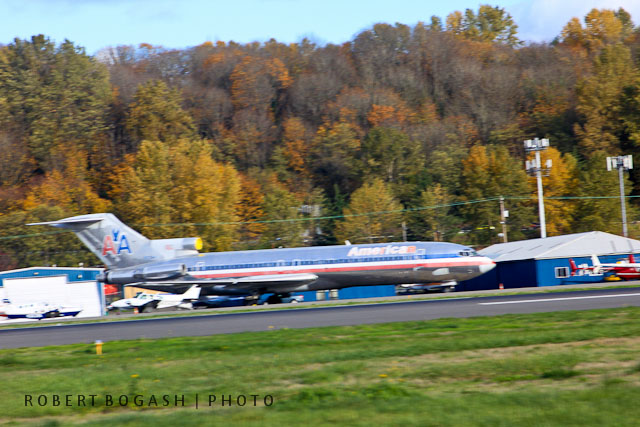
Much to the consternation of the Clay Lacy ramp managers, this silver bird had taken up roosting on their apron. And the roosting would last far longer than anyone imagined - over a year.
The next 12 months involved a long and tedious negotiation between the two institutions, covering refurbishment plans and insurance concerns. Rivet bucker one day; amateur lawyer the next. My job description is pretty broad. And I prefer the rivet bucking.
After a lot of potholes and frustrations, the details were finally resolved on Thursday, March 3, and the Agreement transferring Title to the NAHM was finally signed on Friday afternoon, March 4, 2016. Famous (or infamous) for saving numerous threatened airplane "Souls", I was able to hang in there one more time, serving as facilitator between the MOF and NAHM, and helping overcome assorted obstacles that kept presenting themselves. All while trying to restore the Prototype E1 in Everett !

The NAHM announced their new addition to the world on their webpage. Click here.
With the airplane now having been "saved" and with a new owner, the new challenge was to repair N874AA for a ferry flight from Seattle to Kansas City. The airplane had been sitting outside for 13 years, but at least had all its parts (our Prototype E1 had been cannibalized after donation). It would ultimately need to pass specific FAA requirements to receive a Ferry Permit for the flight. It had to achieve a higher level of system integrity for the longer flight, with fully operational landing gear, flaps, and pressurization system. Plus, all the navigational avionics equipment would need to be functional.
The following pictorial documents some of the NAHM's subsequent restoration efforts. A more complete photographic essay is contained in NAHM sites noted below.
On Saturday, March 12, electrical power was successfully applied. Always exciting, the airplane came alive, and with her lights on, proved why saving her was so worthwhile.

A 13 year old Nav Database, still living in her FMC's memory chips.
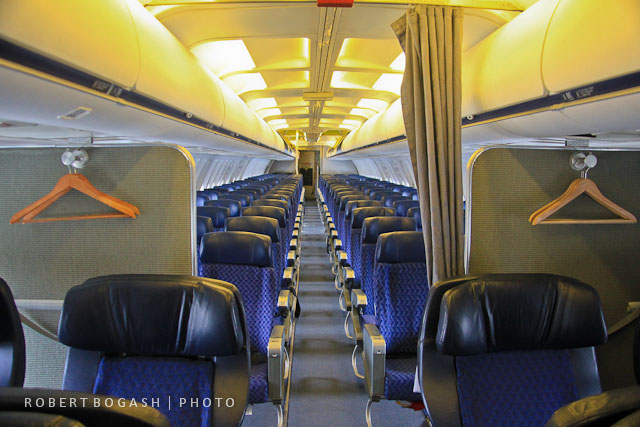
Can anyone doubt that saving this beautiful flying machine is worth while?


A certain little red and white RV-12 started showing up to join in the fun and games.
Yes, I volunteered to help get this bird safely to her new home - but only has a Tech Advisor and resource facilitator. This time, my friend John Roper gets to do the heavy lifting!
Fresh off restoring E1 to flight, myself and some of the other E1 volunteers have agreed to help apply our knowledge and skills to N874AA. Getting the airplane safely to her new home is in the best interests of both institutions.
Writer/photographer Francis Zera has begun documenting the restoration in detail.

You can follow it by clicking here.
Going forward, I'll only provide some broad overview coverage. The goal is to fly the airplane to Kansas City by May 1, 2016.
Details of the airplane's history and donation to the Museum of Flight in 2003 can be found on my webpage Click here.
So many airplanes,........ so little time.......
Copyright 2016 Robert A. Bogash. All Rights
Reserved